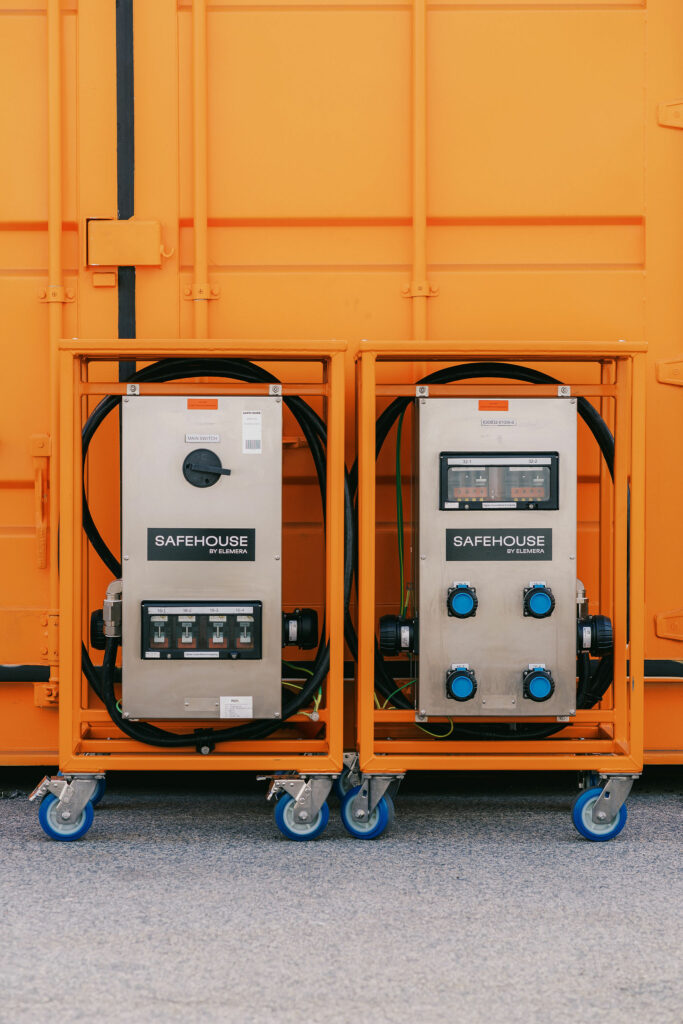An Unbiased View of Roar Solutions
An Unbiased View of Roar Solutions
Blog Article
Roar Solutions Things To Know Before You Buy
Table of ContentsThe Best Strategy To Use For Roar SolutionsThe Facts About Roar Solutions RevealedThe Basic Principles Of Roar Solutions
In such an environment a fire or surge is feasible when three standard conditions are satisfied. This is typically referred to as the "harmful location" or "combustion" triangle. In order to protect installments from a potential surge a method of evaluating and classifying a possibly unsafe area is needed. The function of this is to make sure the correct selection and installment of tools to ultimately protect against an explosion and to guarantee safety and security of life.
(https://www.quora.com/profile/Roarsolutions)
No tools should be installed where the surface area temperature of the tools is more than the ignition temperature level of the given risk. Below are some typical dirt harmful and their minimal ignition temperature level. Coal Dirt 380C 225C Polythene 420C (thaws) Methyl Cellulose 420C 320C Starch 460C 435C Flour 490C 340C Sugar 490C 460C Grain Dust 510C 300C Phenolic Resin 530C > 450C Aluminium 590C > 450C PVC 700C > 450C Residue 810C 570C The likelihood of the risk existing in a concentration high sufficient to trigger an ignition will differ from place to place.
In order to categorize this danger an installation is separated right into areas of risk depending upon the quantity of time the unsafe is present. These areas are described as Areas. For gases and vapours and dusts and fibers there are 3 zones. Zone 0 Area 20 A dangerous environment is highly likely to be existing and might exist for long periods of time (> 1000 hours each year) or perhaps continuously Area 1 Area 21 An unsafe environment is possible but unlikely to be existing for lengthy durations of time (> 10 450 C [842 F] A category of T6 suggests the minimum ignition temperature is > 85 C [185 F] Unsafe area electric tools perhaps designed for use in greater ambient temperature levels. This would certainly suggested on the rating plate e.g. EExe II C T3 Ta + 60C( This implies at 60C ambient T3 will certainly not be surpassed) T1 T1, T2, T3, T4, T5, T6 T2 T2, T3, T4, T5, T6 T3 T3, T4, T5, T6 T4 T4, T5, T6 T5 T5, T6 T6 T6 A T Class rating of T1 suggests the maximum surface area temperature created by the tool at 40 C is 450 C. Presuming the associated T Course and Temperature level score for the equipment are ideal for the location, you can always make use of a tool with a more strict Division score than required for the location. There isn't a clear response to this question however. It truly does depend upon the kind of equipment and what repair work need to be executed. Tools with particular examination procedures that can not be executed in the area in order to achieve/maintain 3rd celebration score. Must come back to the factory if it is prior to the devices's service. Area Repair Work By Authorised Employee: Complex testing might not be needed however particular treatments may require to be followed in order for the tools to preserve its third event score. Authorized personnel should be used to execute the job properly Repair have to be a like for like replacement. New component must be thought about as a straight substitute calling for no special testing of the devices after the repair is complete. Each piece of equipment with a hazardous ranking should be assessed separately. These are outlined at a high degree below, however, for more detailed details, please refer straight to the standards.
Little Known Facts About Roar Solutions.
The tools register is a thorough data source of devices records that includes a minimum set of areas to identify each item's place, technical parameters, Ex-spouse category, age, and ecological data. The ratio of Comprehensive to Shut assessments will be identified by the Tools Danger, which is examined based on ignition threat (the likelihood of a source of ignition versus the possibility of a combustible environment )and the hazardous area category
( Zone 0Area 1, or 2). Carrying out a robust Risk-Based Assessment( RBI )strategy is vital for making sure compliance and safety in managing Electrical Tools in Hazardous Areas( EEHA).
The Best Guide To Roar Solutions

In terms of eruptive danger, a dangerous location is an atmosphere in which an eruptive ambience exists (or may be expected to be existing) in quantities that call for special preventative measures for the construction, setup and use devices. hazardous area course. In this write-up we discover the obstacles dealt with in the workplace, the risk control measures, and the needed proficiencies to function securely
These materials can, in specific conditions, form eruptive ambiences and these can have significant and terrible effects. Most of us are acquainted with the fire triangle remove any type of one of the 3 components and the fire can not occur, but what does this mean in the context of hazardous areas?
In most instances, we can do little about the levels of oxygen in the air, but we can have significant impact on sources of ignition, for instance electric devices. Hazardous locations are documented on the dangerous area classification drawing and are recognized on-site by the triangular "EX" sign. Right here, amongst various other essential information, zones are split into 3 types relying on the danger, the possibility and period that an eruptive environment will certainly exist; Area 0 or 20 is regarded one of the most dangerous and Area 2 or 22 is considered the least.
Report this page